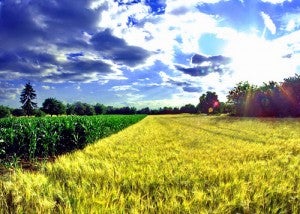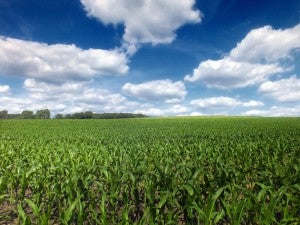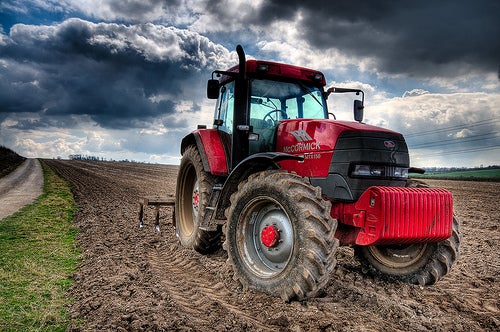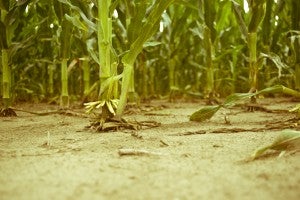
Credit: Flickr user Bruno Monginoux
The USDA today released a new scientific assessment at the United Nations negotiations in Paris that found climate change will pose a significant threat to food security and to farmers.
National Public Radio’s Dan Charles said it best in his latest story:
“Chances are, you’ve picked up some chatter about the new global talks on climate change. If you can’t quite see how it matters to you, personally, you might want to take a peek inside your pantry. Or your candy jar. Because it might just affect your access to everything from cheese to chocolate.”
Today’s report represents an urgent call to action for food companies, policymakers and agribusinesses to collaborate in reducing emissions from food production and implementing farming practices that increase resilience.
We have the tools at our disposal to make sustainable agriculture a reality. But to implement these measures at scale, we need increased investment from the private sector and collaboration across the agricultural supply chain. We need to go beyond commitments and towards on-the-ground support for farmers. Read More


















